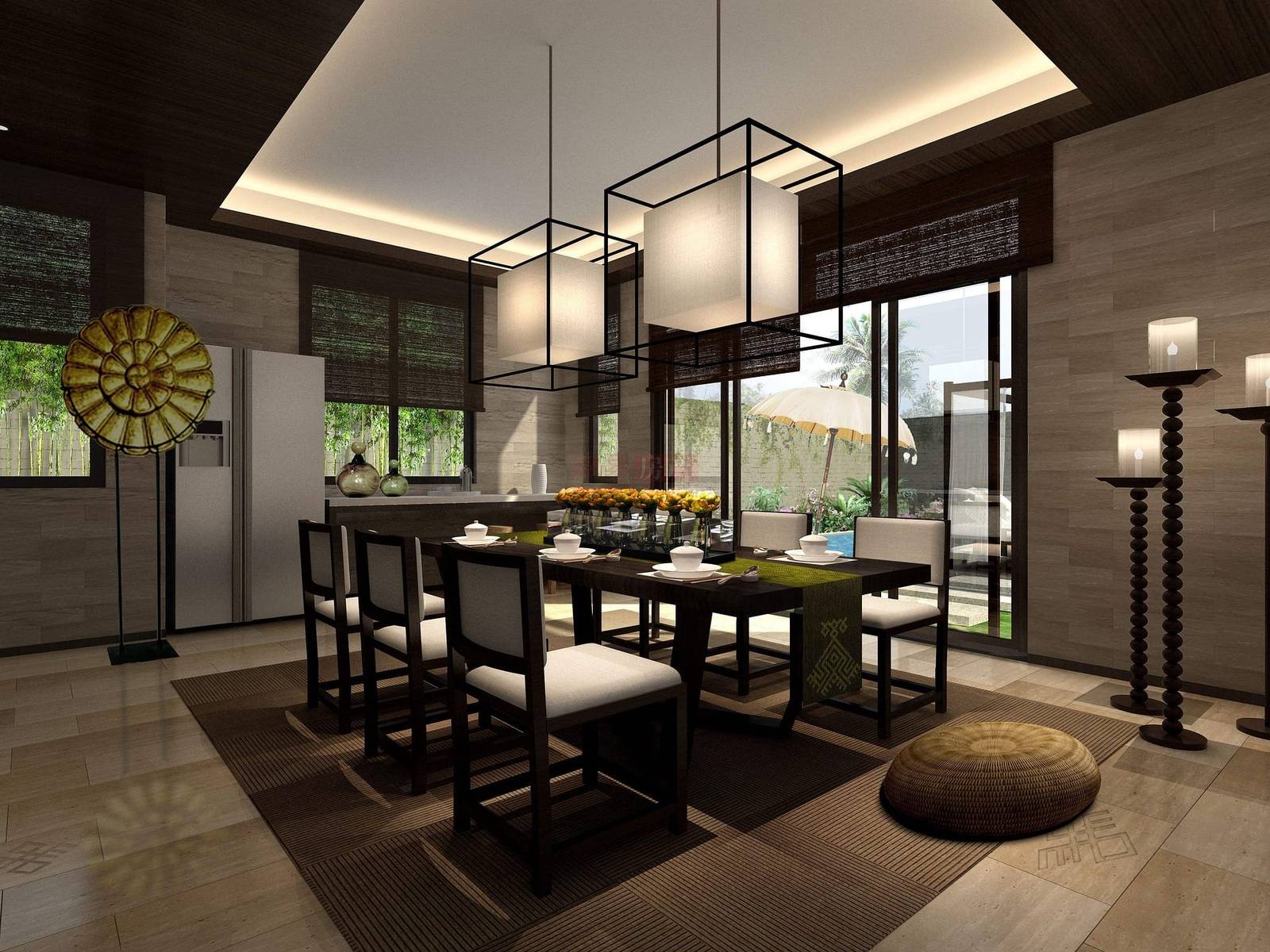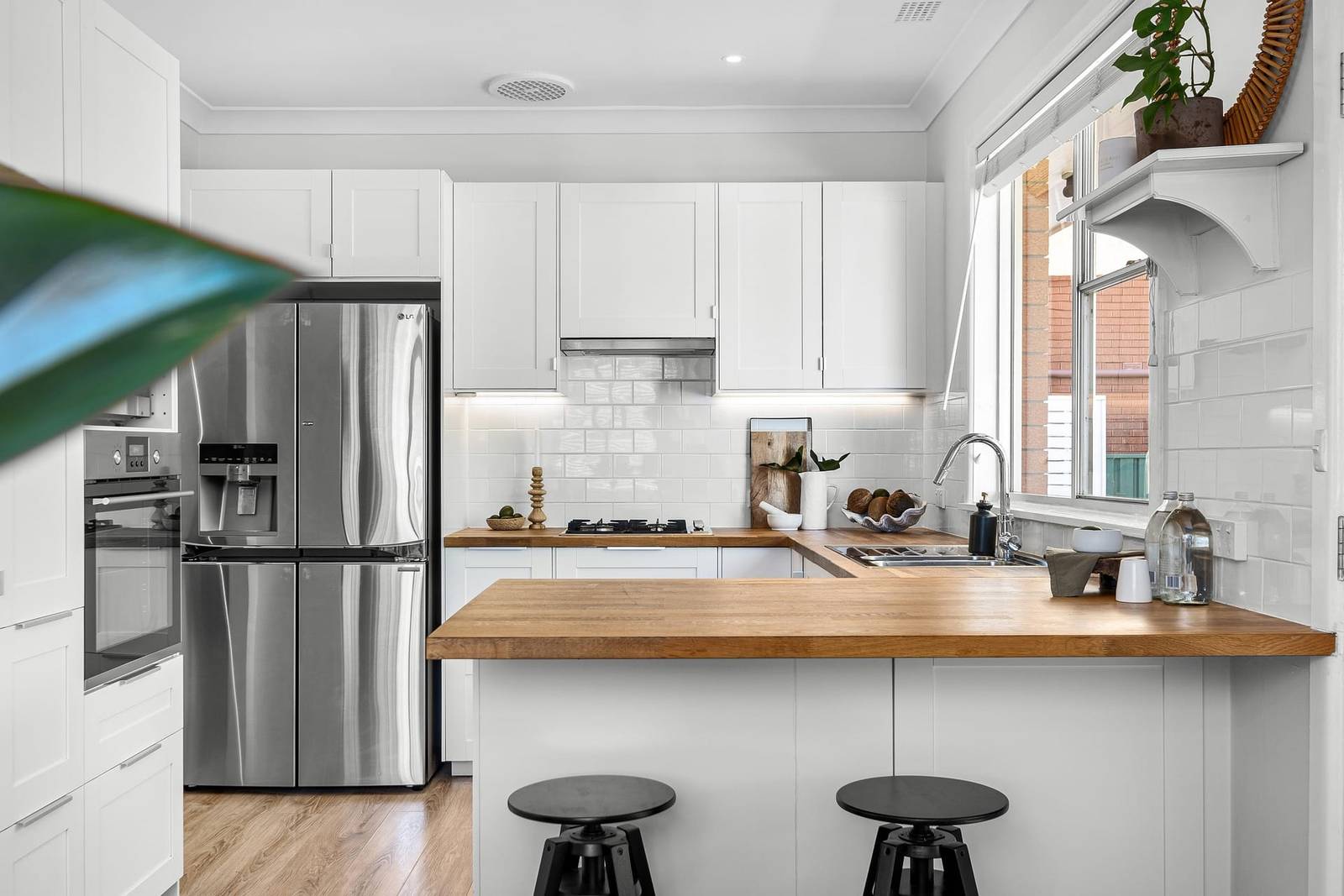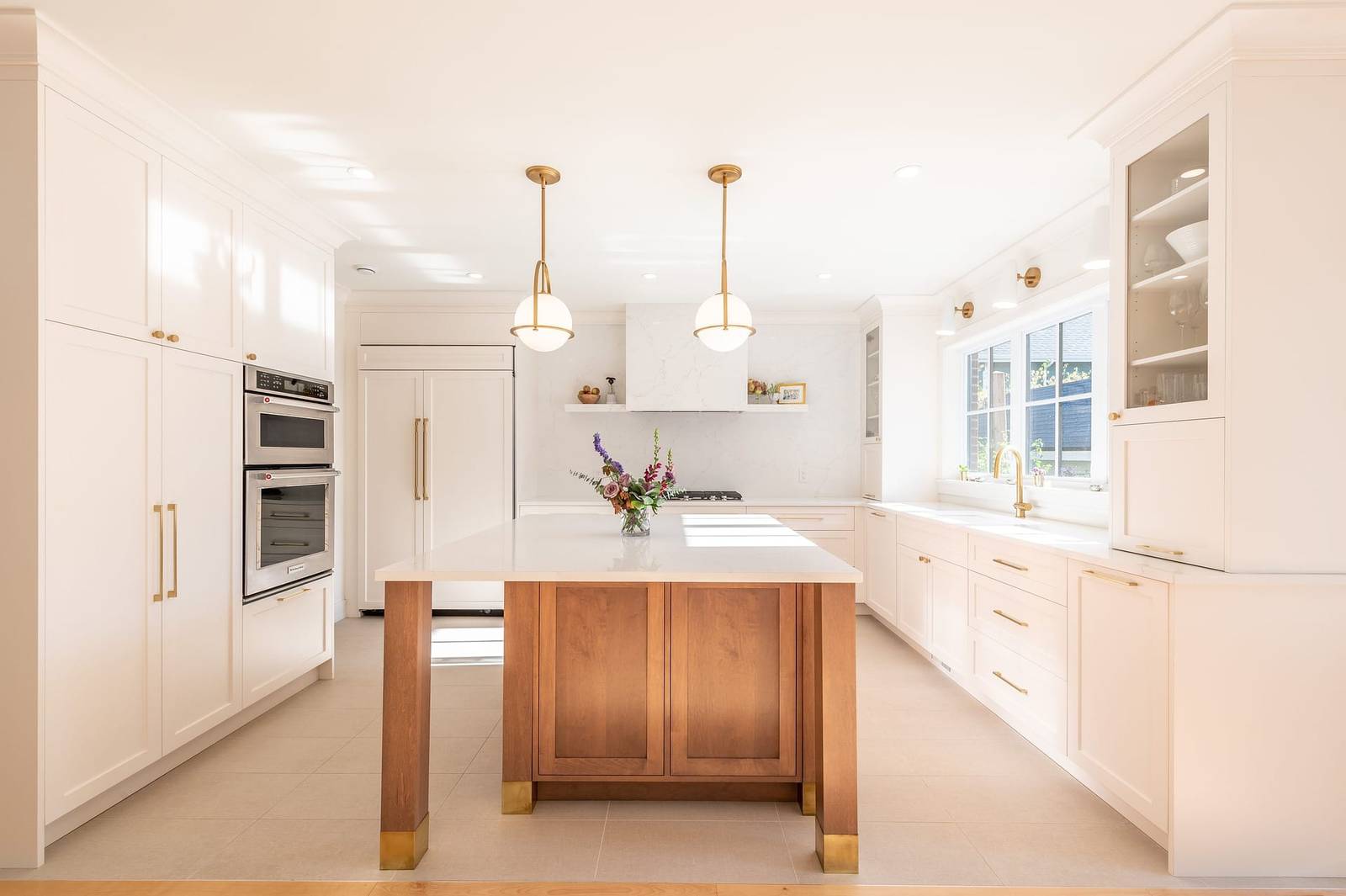
Dubai’s extreme climate, with its scorching summers and limited rainfall, presents a unique challenge for garden enthusiasts. However, with thoughtful planning and the right approach, you can create a climate-resilient garden that not only thrives in such harsh conditions but also looks stunning year-round. In this guide, we’ll explore how to design climate-resilient gardens in Dubai, focusing on strategies that will help your garden endure the region’s heat and drought.
What is a Climate-Resilient Garden?
A climate-resilient garden is specifically designed to withstand extreme weather conditions like high temperatures, intense sunlight, and limited water availability. Additionally, these gardens use water-efficient techniques, hardy plants, and sustainable landscaping practices to create a thriving ecosystem, even in the most challenging climates like Dubai.
Why Dubai’s Climate Requires Special Landscaping
Dubai’s hot desert climate, characterized by long, dry summers and minimal rainfall, means traditional gardening methods often fall short. Plants that thrive in cooler or wetter environments can struggle. Therefore, it’s essential to adapt your landscaping techniques. That’s where climate-resilient gardens come into play, offering solutions that work well in Dubai’s unique environment.
Key Principles of Designing Climate-Resilient Gardens in Dubai
1. Choose Native and Drought-Resistant Plants
Selecting the right plants is one of the most important aspects of designing a climate-resilient garden. For instance, native plants like desert grasses and succulents are well adapted to Dubai’s heat and require minimal water. For example, plants such as bougainvillea, date palms, and agave not only survive but thrive in Dubai’s environment. As a result, they make your garden low-maintenance and environmentally friendly.
2. Implement Efficient Irrigation Systems| Climate-Resilient Gardens
In Dubai, water is a precious resource. To address this, you can implement efficient irrigation systems like drip irrigation or smart irrigation controllers. These systems deliver water directly to the plant roots, significantly reducing evaporation. Consequently, this ensures your garden stays hydrated while minimizing water waste.
3. Use Mulching to Retain Soil Moisture
Mulching is another vital practice in creating climate-resilient gardens. By covering the soil with organic matter such as wood chips or bark, you can prevent water evaporation, keep the soil cool, and protect plant roots from the sun’s intense heat. Moreover, mulch helps prevent weed growth, saving you time and effort.
4. Opt for Permeable Hardscaping| Climate-Resilient Gardens
Hardscaping elements such as walkways and patios are essential for a functional garden. However, choosing permeable materials like gravel or porous pavers allows water to seep into the ground rather than running off. This approach helps maintain soil moisture, further reducing the need for excessive irrigation.
Water Conservation Techniques for Dubai Gardens| Climate-Resilient Gardens
5. Group Plants with Similar Water Needs
By grouping plants with similar water requirements together, you can control the water flow more efficiently. This technique, known as hydrozoning, allows for targeted watering. As a result, each plant receives the right amount of water without wastage, ensuring the entire garden remains hydrated.
6. Install Rainwater Harvesting Systems| Climate-Resilient Gardens
Although Dubai experiences limited rainfall, harvesting the water that does fall can still be beneficial. In fact, rainwater harvesting systems collect and store rainwater, which can be used during dry periods to water your garden. This system reduces your reliance on municipal water supplies and contributes to a more sustainable landscape.
7. Use Greywater Recycling
Another method of conserving water in a climate-resilient garden is greywater recycling. Greywater, which refers to water from baths, sinks, and washing machines, can be reused. After proper filtration, this water can be used to irrigate your garden, thus significantly reducing the amount of freshwater needed.
Design Aesthetics for Climate-Resilient Gardens
8. Create Shade with Pergolas and Trees
Shade is crucial for both plants and people in Dubai’s gardens. To achieve this, consider incorporating shaded areas through pergolas, shade sails, or by planting larger trees that provide a natural canopy. Not only does this make the space more usable, but it also protects your plants from the harshest midday sun, ensuring they remain healthy.
9. Incorporate Windbreaks
Windbreaks, such as tall shrubs or walls, help reduce wind speed, which can dry out plants quickly in desert climates. By strategically placing windbreaks around your garden, you create a more protected environment. This ensures that delicate plants thrive even in Dubai’s harsh weather conditions.
10. Use Xeriscaping Techniques
Xeriscaping is a landscaping technique that reduces the need for irrigation by using drought-tolerant plants and designing with water efficiency in mind. Thus, it is one of the best approaches for climate-resilient gardens in Dubai, as it involves minimal water usage while still creating a visually appealing outdoor space.
The Importance of Soil Health in Climate-Resilient Gardens
11. Improve Soil Quality with Organic Matter
Healthy soil is the foundation of a successful garden. In Dubai, where the soil can be sandy and nutrient-poor, enriching it with organic matter like compost is essential. Moreover, organic matter improves the soil’s ability to retain water and nutrients, helping your plants to thrive even in tough conditions.
12. Test and Amend Soil pH
Understanding the pH level of your soil is crucial in Dubai’s climate. Most desert plants prefer slightly alkaline soil, so testing your soil’s pH and amending it with the appropriate minerals can ensure optimal growing conditions.
Maintaining Your Climate-Resilient Garden
13. Prune Regularly for Healthier Plants| Climate-Resilient Gardens
Regular pruning helps maintain plant health, encourages growth, and improves airflow through the garden. This reduces the risk of pests and diseases. In a climate-resilient garden, this is especially important as plants that are too dense can trap heat and moisture, leading to problems. Thus, regular maintenance is key.
14. Monitor Pests and Diseases
While Dubai’s dry climate reduces the prevalence of some plant diseases, it doesn’t eliminate them entirely. Therefore, regularly inspect your garden for signs of pests or diseases and take appropriate action when necessary to maintain the health of your landscape.
15. Fertilize Sparingly| Climate-Resilient Gardens
In a climate as harsh as Dubai’s, less is more when it comes to fertilizing. Over-fertilization can stress plants by causing excessive growth that can’t be supported by the available water. Instead, opt for slow-release fertilizers that provide nutrients gradually and in harmony with the garden’s water schedule.
Conclusion
Designing a climate-resilient garden in Dubai requires thoughtful planning and an understanding of the unique challenges posed by the local climate. By selecting drought-resistant plants, implementing water-saving techniques, and focusing on sustainable landscaping practices, you can create a garden that not only survives but thrives in Dubai’s extreme weather. Whether you’re a seasoned gardener or just getting started, these strategies will help you create a beautiful and resilient outdoor space.
FAQs
1. What are the best plants for a climate-resilient garden in Dubai?
Native and drought-tolerant plants like bougainvillea, date palms, and agave are excellent choices for Dubai’s climate.
2. How can I conserve water in my Dubai garden?
Using drip irrigation, rainwater harvesting, and greywater recycling are great ways to conserve water in a climate-resilient garden.
3. What is xeriscaping, and how does it help?
Xeriscaping is a landscaping technique that focuses on water efficiency by using drought-tolerant plants and reducing the need for irrigation. This makes it perfect for Dubai’s environment.
4. How can I improve the soil in my garden?
Improving soil quality with organic matter like compost and testing the pH to ensure it’s slightly alkaline can help enhance the health of your plants.
5. What is hydrozoning, and why is it important?
Hydrozoning involves grouping plants with similar water needs together, making it easier to manage irrigation efficiently and reduce water waste.






